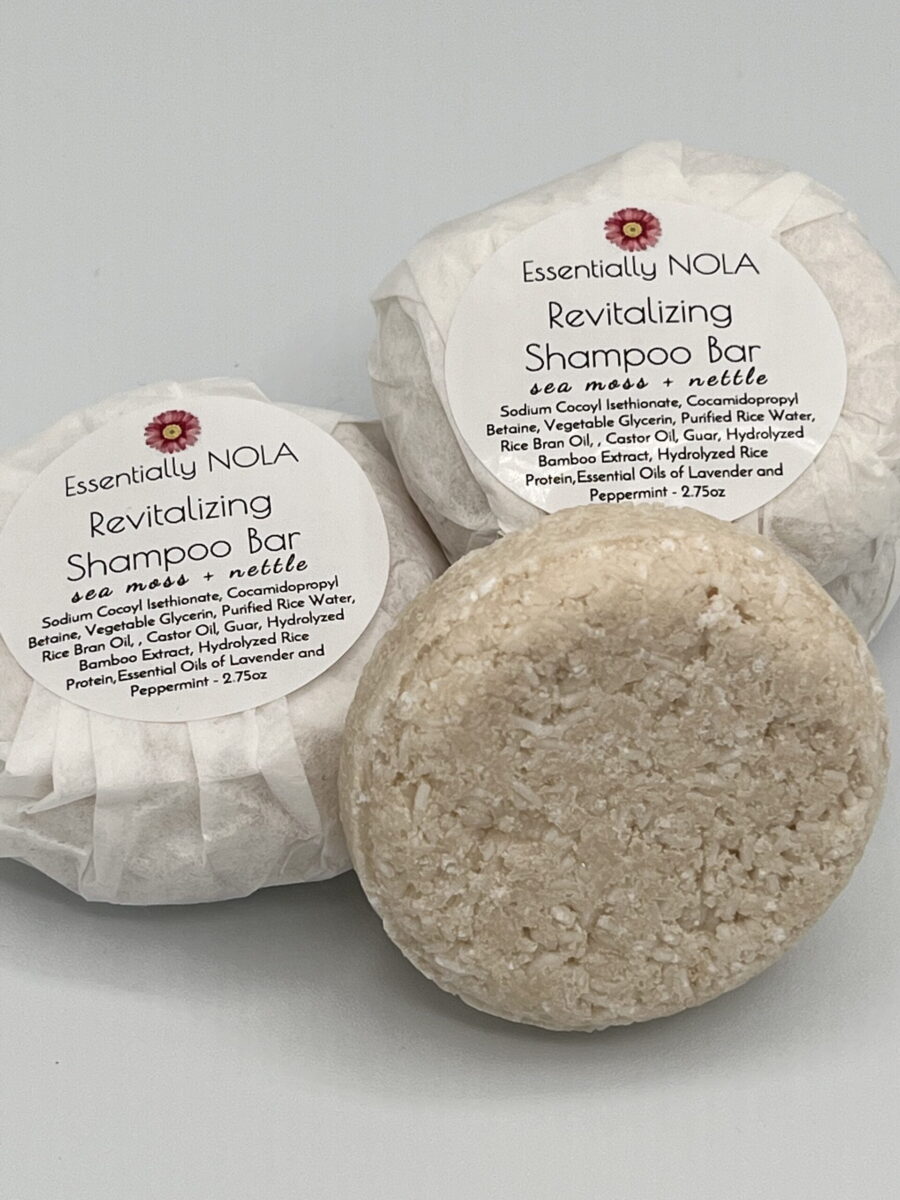
Menu
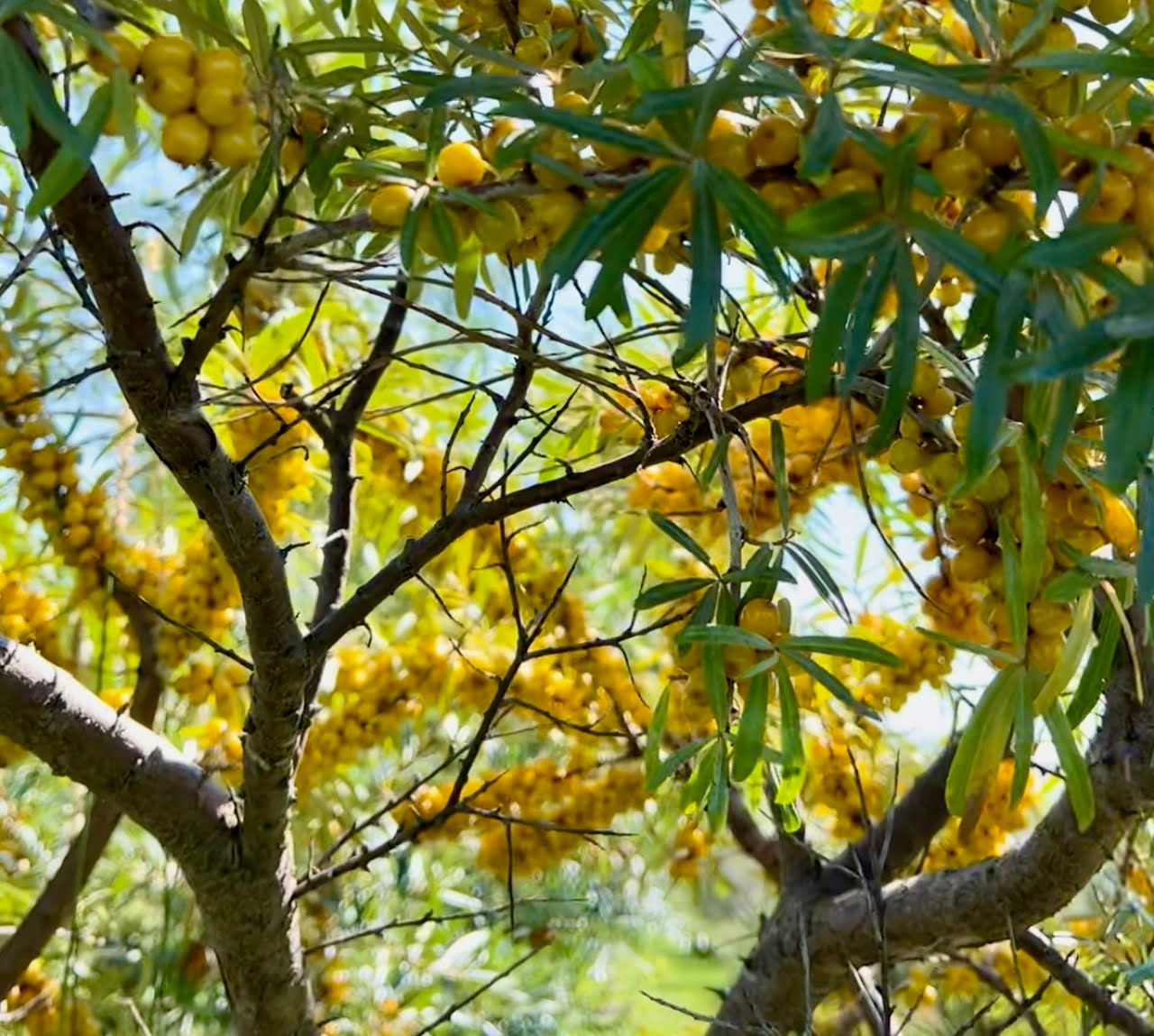
Like all other fruit, sea buckthorn berries can be susceptible to various diseases, primarily caused by fungi and bacteria. Here are a few diseases that can cause significant damage to sea buckthorn berries:
In summary, despite their hardiness, sea buckthorn plants are susceptible to a variety of problems and pests. It’s important to monitor plants regularly for any signs of these issues and address them promptly, such as providing adequate water and nutrients. For more information on growing sea buckthorn, I invite you to read my other blog articles: Growing Sea Buckthorn 101, and Growing Sea Buckthorn 102.
Following Good Agricultural Practices helps protect sea buckthorn plants from pest invasions, and periodically checking for diseases can ensure that your sea buckthorn shrubs thrive
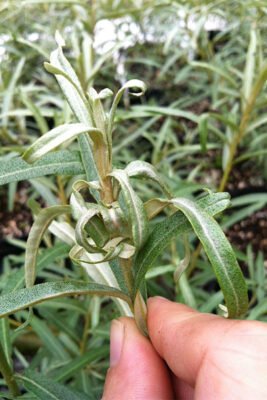
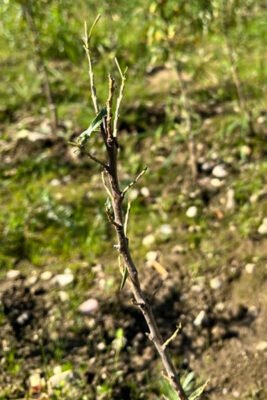
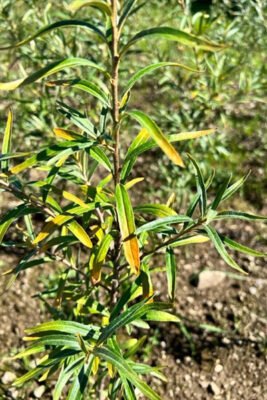
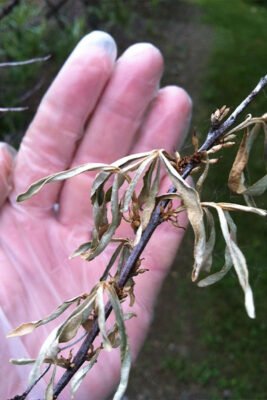
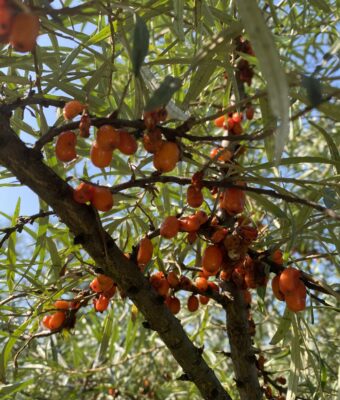
BENEFITS
With 70% of our immune system residing in our gut, what we put into it, counts! Sea buckthorn juice is known to help achieve balanced nutrient intake, cold and flu resistance and increased energy levels. It’s inflammation reducing antioxidants help athletes fight body fatigue, and the balanced Omegas fatty acids 3 – 6, 7* & 9, are considered to have a clear role in the prevention and healing of certain Atopic disorders.
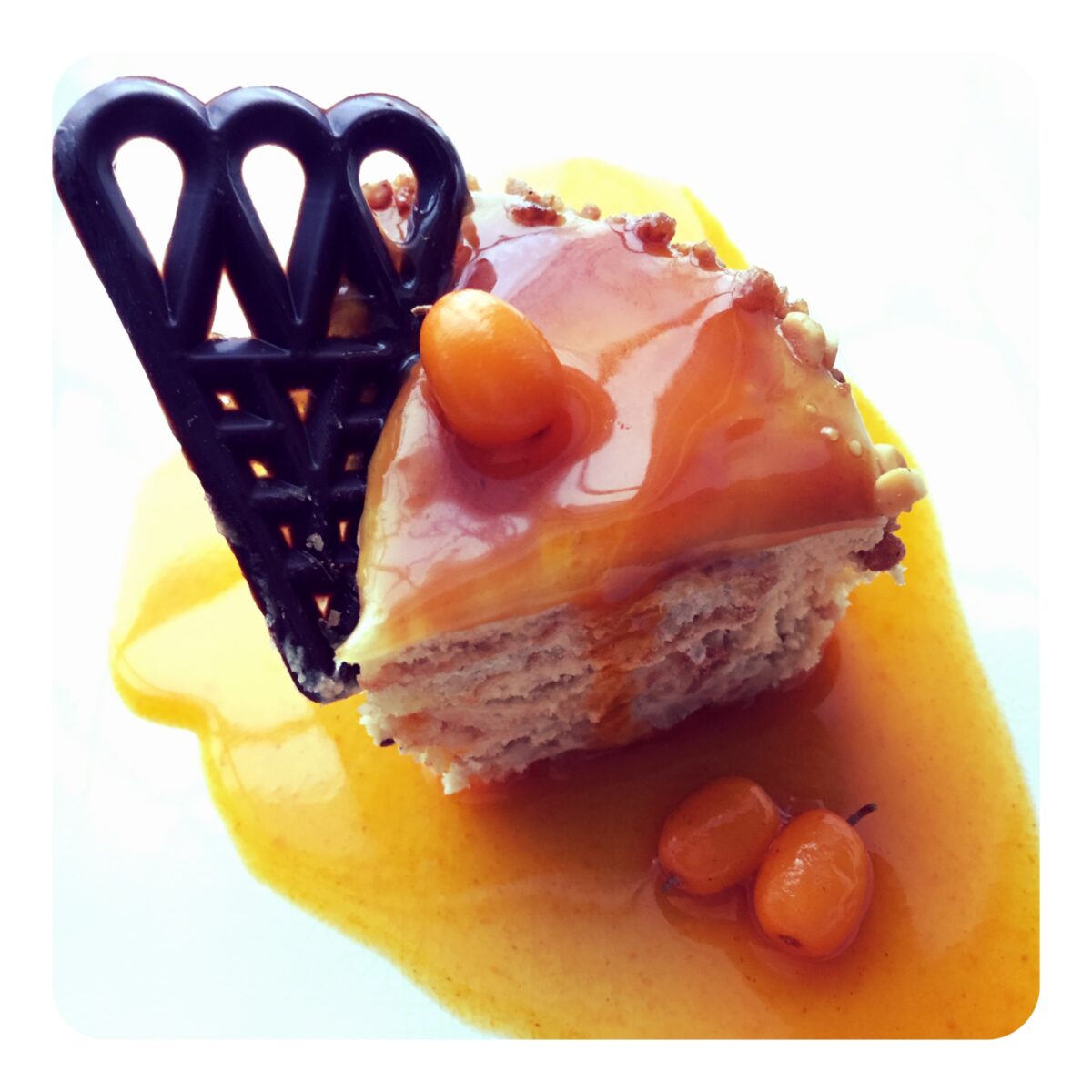
Sea buckthorn coulis
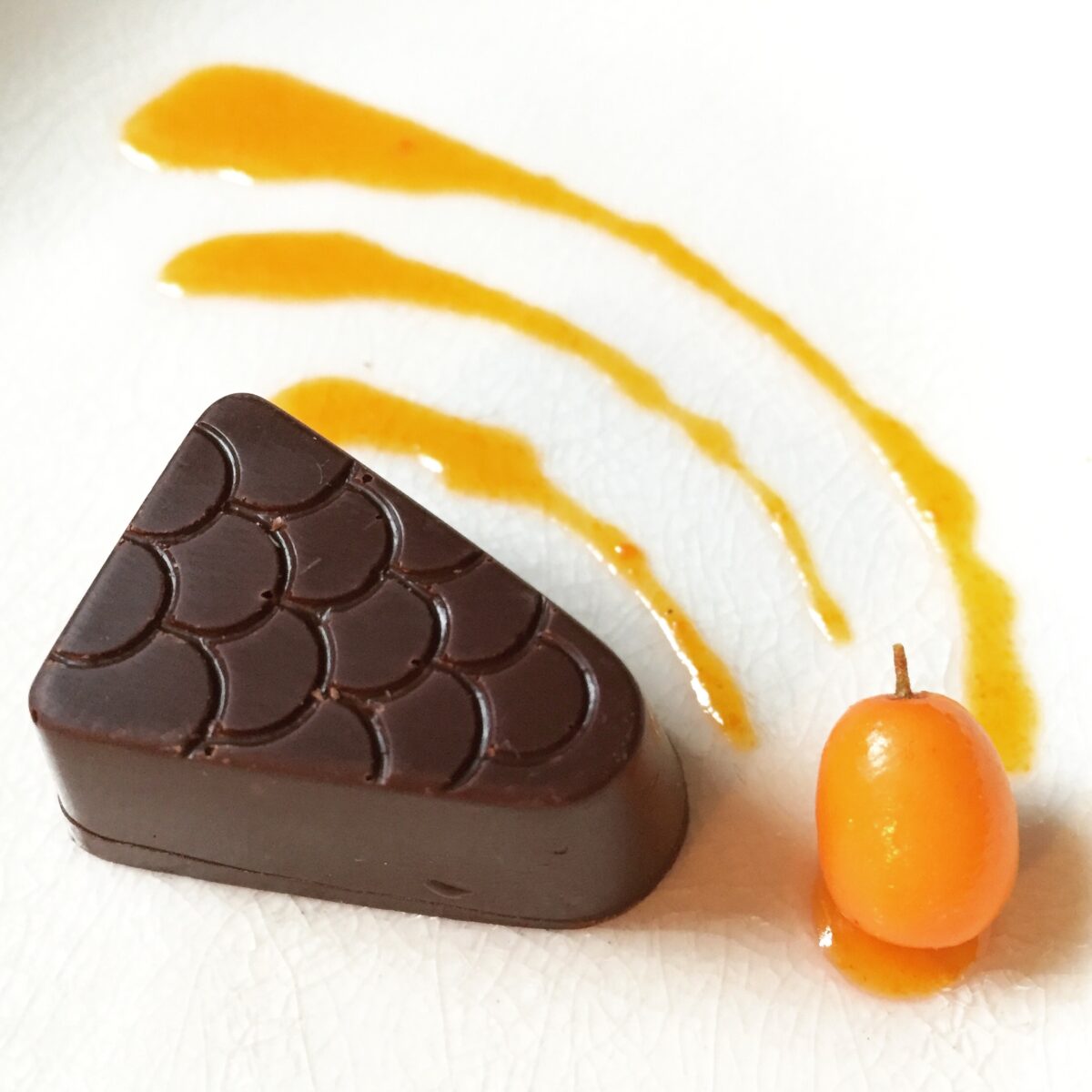
Delicious Sea buckthorn ganache inside dark chocolat shell.

Halibut with sea buckthorn, tomato and sea beans.
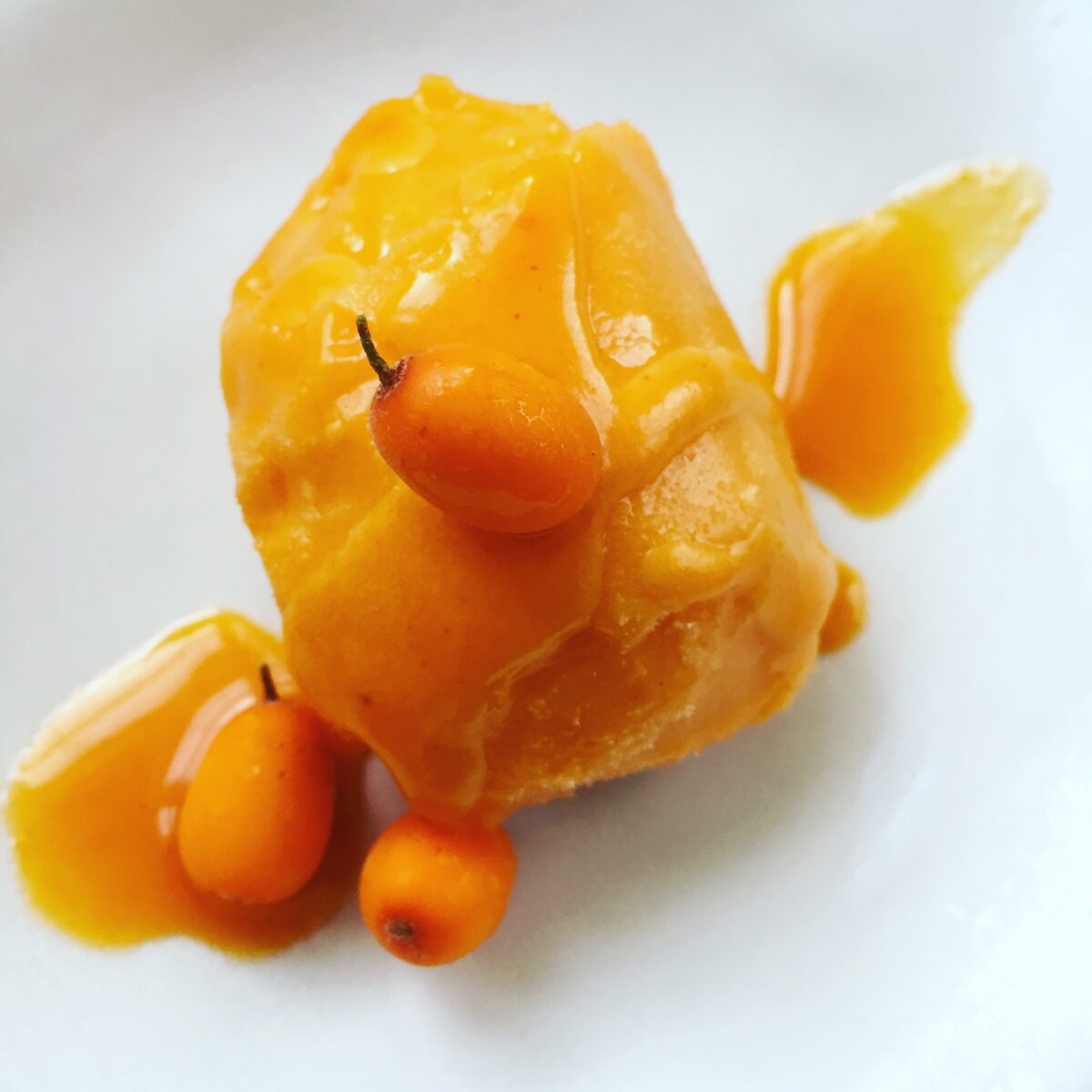
Homemade Seaberry sorbet.
 Frozen Sea Buckthorn berries (IQF)
Frozen Sea Buckthorn berries (IQF)
 Sea Buckthorn Shrubs | cultivar: LORD
Sea Buckthorn Shrubs | cultivar: LORD
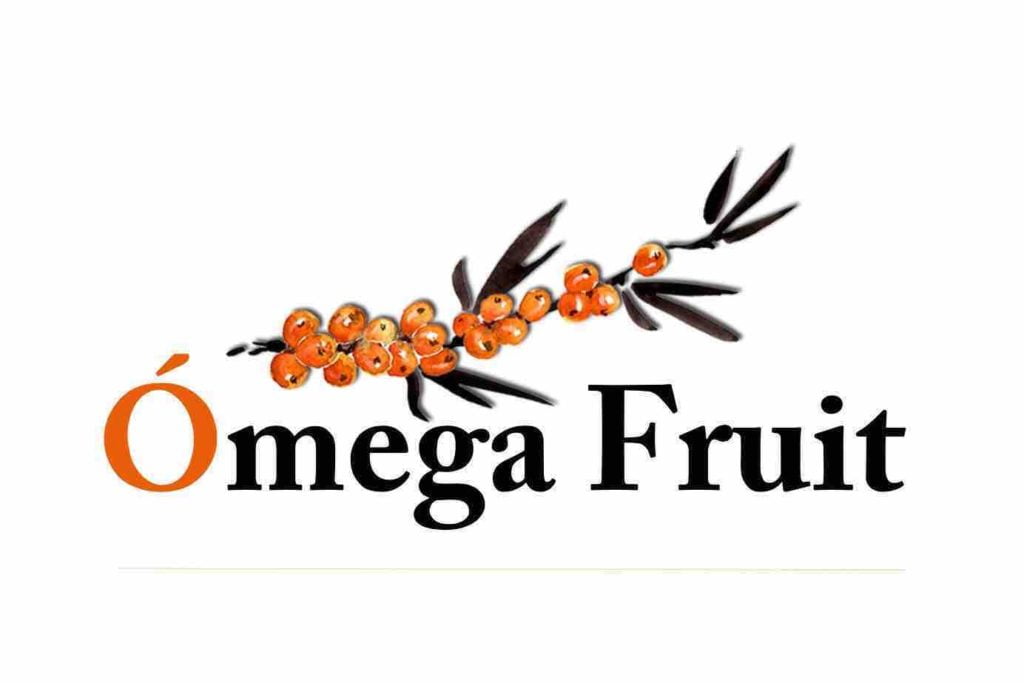
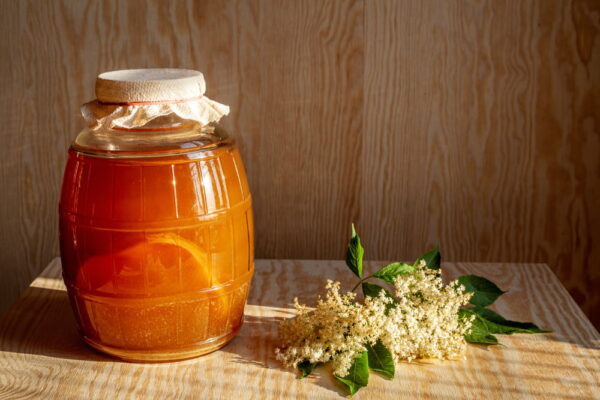
A Brief History of Kombucha Centuries before we could identify probiotic microbes with microscopes, people were fermenting

Add a healthy punch to your summer cocktails Summer is perfect for patio chit-chats with close

Should Sea Buckthorn be considered a natural supplement? In the vast landscape of natural supplements, Sea